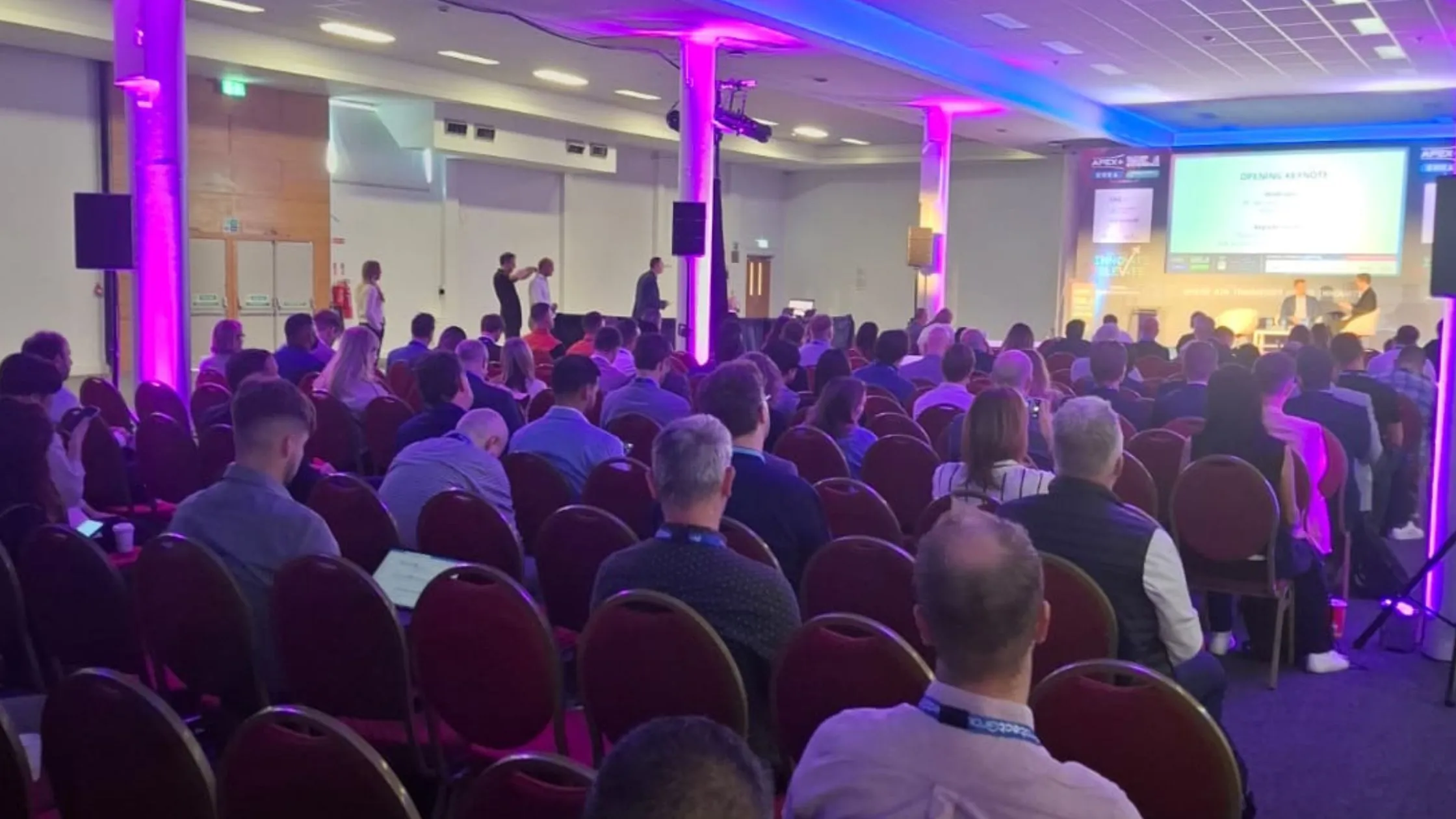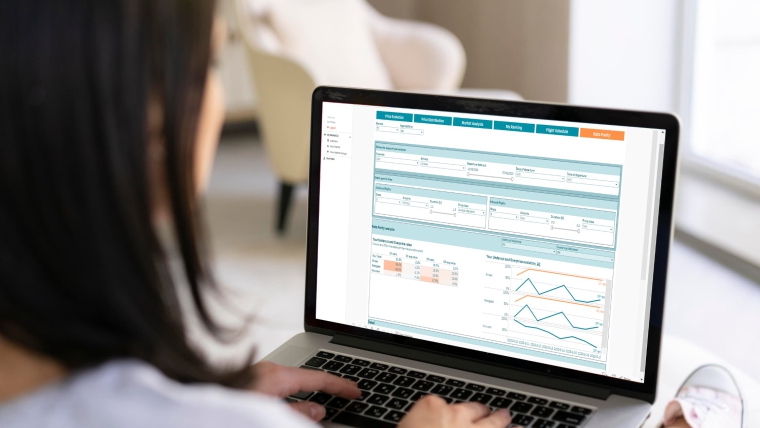By Kris Glabinski, VP Strategy, Aggregate Intelligence
Returning from the Airline Ancillary & Retail conference in Dublin (10-12 June 2025), I’m struck by the industry’s focus toward innovative revenue streams, with ancillary services and retail at the forefront. Discussions with my colleague Jorge Velasco Azoños, an airline retailing consultant at Travel In Motion, highlighted a key trend: AI-driven personalisation is reshaping how airlines engage passengers across the travel journey, from pre-sales, pre-boarding, on-board to post-flight. Yet, we concluded that while personalisation offers value, the future lies in “segmentation“, tailoring offers to passenger groups rather than individuals, to balance convenience with ethical concerns. This raises a critical question: where is the line between personalisation as a service enhancer and personalisation as intrusive surveillance?
The Rise of Ancillary and Retail in Aviation
Airlines have historically relied on ticket sales, but shrinking margins, growth of LCCs unbundled fares and evolving passenger expectations have driven a drastic shift toward ancillary revenue. The non-ticket income from services like baggage fees, seat selection, and onboard purchases global revenue reached $117.9 billion, a 275% increase from 2013, according to IdeaWorksCompany, with some carriers generating up to 50% of their income from ancillaries. This transformation mirrors a retail mindset, where airlines act as curated marketplaces, offering tailored services to boost profitability and passenger satisfaction. The adoption of digital platforms, inspired by e-commerce giants, enables dynamic pricing, real-time offers, and seamless transactions, turning the travel journey into a continuous shopping experience.
- Pre-Sales: Airlines leverage predictive analytics to craft bundled offers, such as priority boarding or extra baggage, based on booking trends. Low-cost carriers can observe a 28-30% increase in ancillary uptake using dynamic pricing models.
- Pre-Boarding: Mobile apps deliver targeted notifications, suggesting add-ons like meal pre-orders based on past behavior, streamlining passenger choices and boosting sales.
- Onboarding: Digital in-flight retail platforms allow passengers to order customised products via seat-back screens or personal devices, enhancing convenience and revenue.
- Post-Flight: Partnerships extend retail opportunities, enabling passengers to purchase travel-related items, like duty-free goods, for home delivery, rent a car, hotels, fostering loyalty.
Personalisation as Convenience: The Benefits
AI-driven personalisation anticipates passenger needs, delivering relevant offers that enhance the travel experience. For instance, use of data to suggest regional meal options inflight can lead to a 15% rise in onboard sales. At FTEEMEA, we explored how platforms enable airlines to unify customer data, creating seamless, cross-channel offers that improve conversion rates. Key advantages include:
- Relevance: Tailored suggestions, like extra legroom for frequent travellers, resonate with passengers.
- Efficiency: Optimised inventory, such as pre-ordered catering, reduces waste and costs.
- Loyalty: Curated experiences strengthen brand affinity, encouraging repeat engagement.
Personalisation as Surveillance: The Risks
However, when personalisation oversteps, it veers into surveillance, eroding trust. Surveillance pricing is where companies adjust prices based on data-driven assumptions about a user’s behavior, location, or perceived ability to pay. For example, companies adjust prices based on the type of device or operating system used for browsing. For instance, users on high-end devices (e.g., MacBooks or iPhones) may see higher prices than those on budget devices, under the assumption that premium device users have greater purchasing power.
Another surveillance practice is when prices increase based on a user’s browsing history, such as repeated visits to a website or searches for specific products, signalling high interest or urgency. Algorithms interpret this as willingness to pay more.
Such practices, officially created for customer convenience, include some risks: Excessive data collection, like tracking browsing habits, alienates passengers; Algorithms can misjudge intent, overcharging based on flawed assumptions, such as IP-based pricing; Negative publicity from invasive practices deters cost-conscious travellers.
Segmentation: The Path Forward
Jorge and I concluded that while personalisation drives value, it’s most effective at the segment level, grouping passengers by shared characteristics (e.g., adventure seeking trip, couple getaway, bleisure) rather than individual profiling. Segmentation delivers tailored offers without invasive data use, striking a balance between convenience and ethics.
Importantly, travellers often belong to multiple segments, and their context shifts between trips. A passenger might travel for business today but take a leisure trip with their partner tomorrow. The challenge lies in recognising this dynamic context rather than assuming static passenger profiles. Airlines that can adapt to these changing travel purposes, understanding when the same individual is on an adventure-seeking trip versus a couple getaway, will create more relevant, less intrusive experiences.
The Future of Ancillary and Retail: Segmentation Wins
According to us, the answer to our opening question is clear: segmentation, not personalisation, represents the future of airline ancillary and retail. While personalisation promises hyper-targeted experiences, it crosses ethical boundaries that increasingly privacy-conscious travellers may not tolerate. Segmentation offers the sweet spot, relevant, tailored experiences without invasive surveillance.
The winning airlines will be those that master dynamic segmentation, recognising that passengers shift contexts between trips while delivering meaningful offers that feel helpful, not creepy. This approach doesn’t just protect passenger trust; it creates sustainable competitive advantage in an industry where reputation travels faster than aircraft.
The future belongs to airlines brave enough to choose segmentation over surveillance. The question now isn’t whether to personalise or segment, it’s how quickly airlines can pivot to this more ethical, yet equally profitable approach.
This article was originally posted by Kris Glabinski here https://www.linkedin.com/pulse/personalisation-segmentation-what-future-airline-retail-glabinski-fuvwe/



